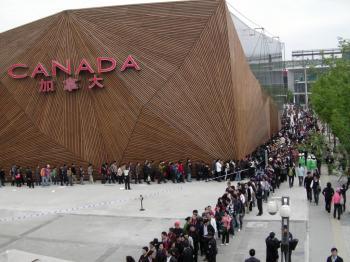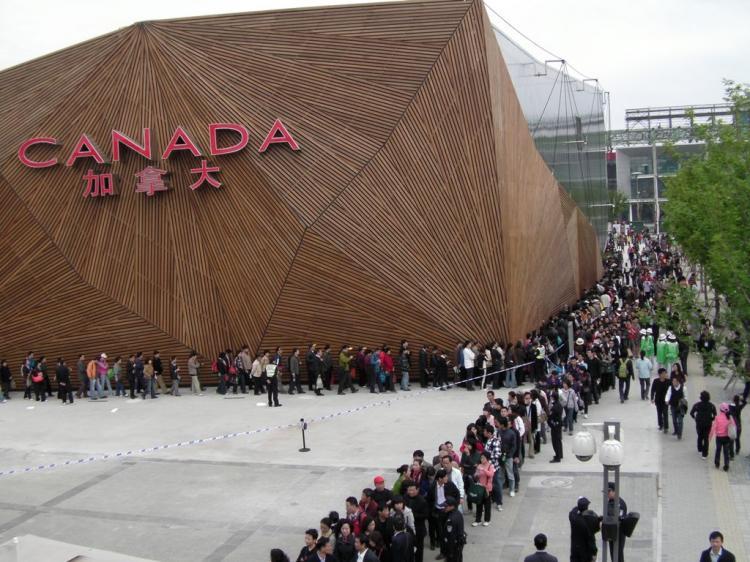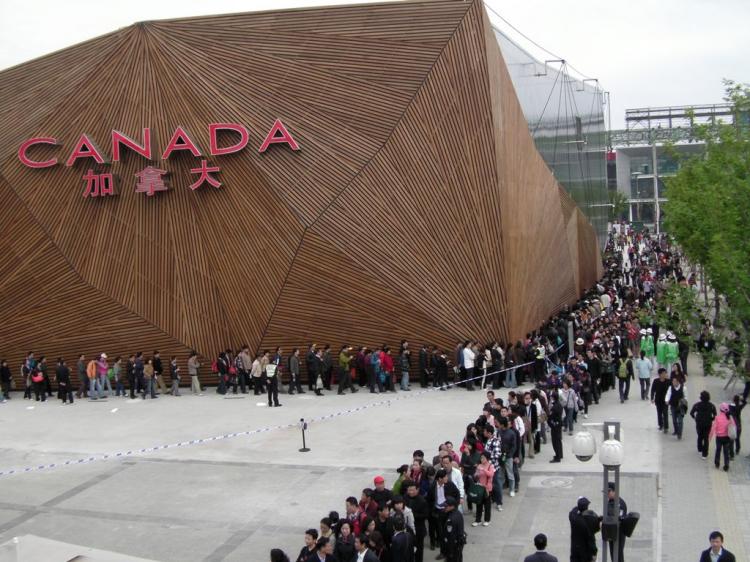The Canada Tibet Committee is asking Canadian officials and tourists visiting the Shanghai 2010 World Expo to stay away from the pavilion showcasing Tibet.
The CTC’s Dermod Travis says the pavilion, called “Heavenly Tibet,” is an attempt by the Chinese regime to whitewash China’s human rights abuses in Tibet.
The pavilion is billed as displaying “the unique charms of Tibetan culture, Tibetan people’s patriotism, resolution to make progress, and aspiration for well-off life, peace and harmony, through exhibited items like Qinghai-Tibet Railway, Housing Project, multimedia interactive streets and short videos.”
Pointing to religious repression and the arrest and imprisonment of thousands of activists since the unrest in 2008, Travis says the pavilion’s portrayal “flies in the face of what the world knows all too well about life inside Tibet.”
“We’ve always seen, whenever China does any type of exhibit related to Tibet, whether it’s inside China or a travelling exhibit abroad, that they present a very biased view, a very jingoistic view, talking about the patriotism of Tibetans, their role, what they believe, and the liberation of Tibet in 1949—which was in fact a military occupation of the country.”
Travis also notes that in addition to its failure to depict human rights abuses, the pavilion does not include a single photo of the Dalai Lama, Tibet’s spiritual leader who lives in exile in India.
Having a Tibet pavilion without mention of the Dalai Lama, he says, is “equivalent to somebody doing a pavilion on the Roman Catholic faith and not having a photo of the pope.”
“It’s completely incongruous to ban a core element of Tibetan’s religious life, their cultural life from an exhibit that, ironically enough, they’re calling ‘Heavenly Tibet.’”
The CTC will be writing to Canadian dignitaries and politicians who plan to visit Expo 2010, asking them to cross the Tibet pavilion off their itineraries.
Travis also warns Canadian officials of the possibility that a visit to the pavilion could be used for propaganda purposes by the regime—as happened when a Tibet exhibit toured Canada last year. Politicians who attended the exhibit found that “their smiling photo would end up in Sing Tao or Ming Pao the following week, giving that exhibit an aura of credibility that it otherwise would not have had,” he said.
“We want Canadian leaders to understand that there is not just the jingoistic bias of this pavilion, but there’s also the danger that they could find that they’re lending it a credibility that it doesn’t deserve by visiting and then being used in these types of propaganda efforts.”
One of the themes of the expo is sustainability—something Travis is critical of, saying China’s policies in Tibet are far from being sustainable, in particular the damming and diverting of some of the country’s major rivers.
“It is highly ironic that there is not a single Government of China policy in Tibet today that is sustainable, whether it’s tourism, the environment, economic development, or the protection of human rights and religious freedom,” he says.
“To even have such a pavilion at an exhibition that’s based on sustainability really is a slap in the face to what that word means.”
Canada Pavilion fits sustainability theme
The Canada Pavilion, one of the largest at the expo, is designed to provide “a glimpse of life in a Canadian urban centre” according to its website. Built in a unique geometric design, the three-story structure is the product of collaboration between the Canadian government and Cirque du Soleil.
The entire exterior of the pavilion is composed of Canadian red cedar boards which are individually fastened to a steel frame, allowing easy dismantling so the wood can be reused later. This adds to the sustainability aspect of the building—one of the themes of Expo 2010.
Built into the courtyard, where entertainment will take place, is a 15- by 40-metre “green wall” of evergreen seedlings. Canada’s theme is “The Living City: inclusive, sustainable, creative.”
Inside, the pavilion contains a “Living City” exhibit, a conference centre and visitors’ lounge, a restaurant, and a gift shop showcasing Canadian goods.
Stockwell Day, Minister for the Asia-Pacific Gateway, will be the first Canadian MP to visit the Canada Pavilion during an upcoming trip to China and Japan. He will also open the Vancouver Pavilion along with B.C. Premier Gordon Campbell.
At 5.28 square kilometres and with about 240 participating countries, Expo 2010 is the largest World’s Fair since the event was first held in London in 1851. It is also the first in a developing country. With a theme of “Better City, Better Life,” the expo promotes the huge metropolis of Shanghai as the “next great world city.”







